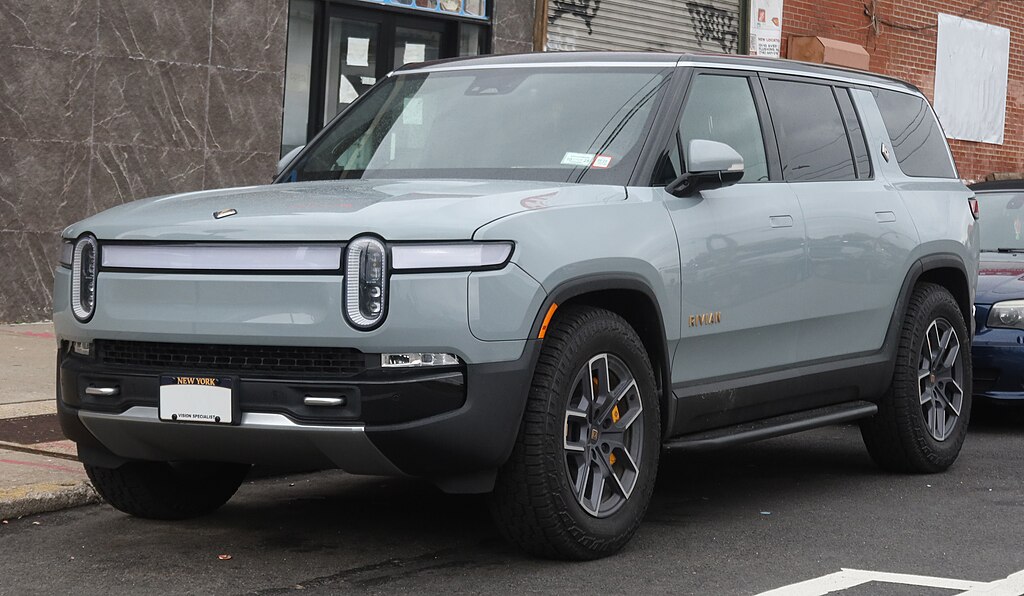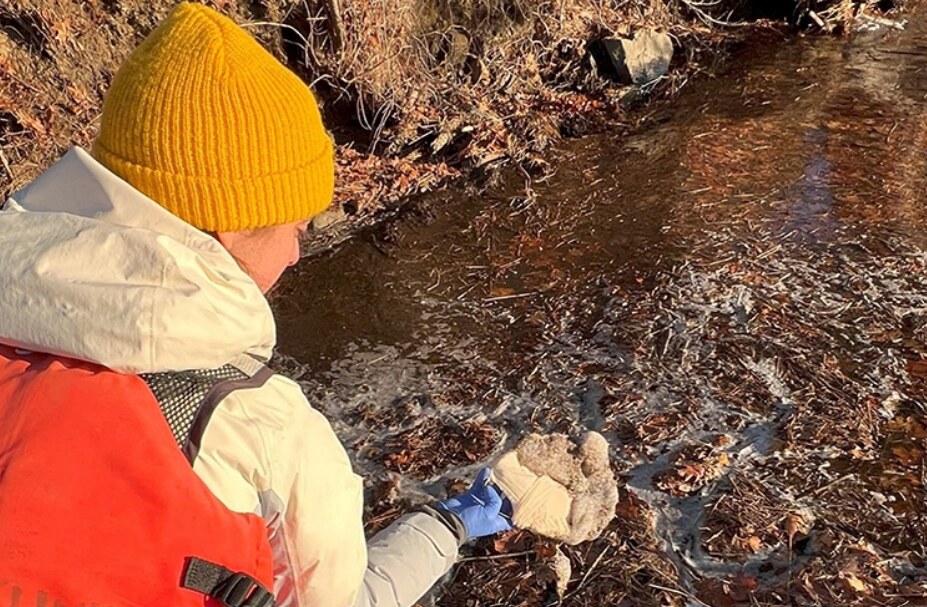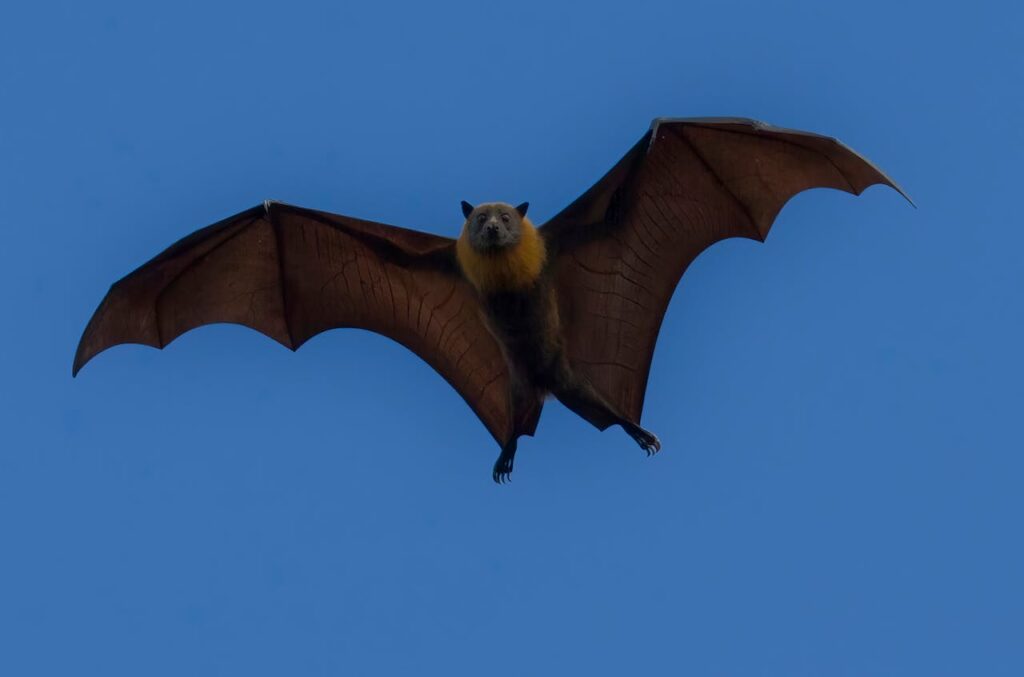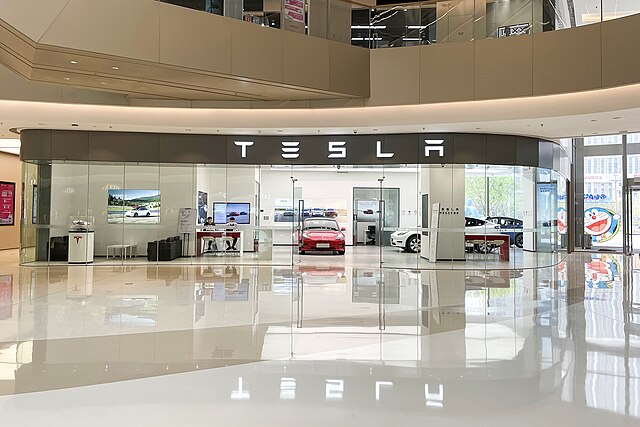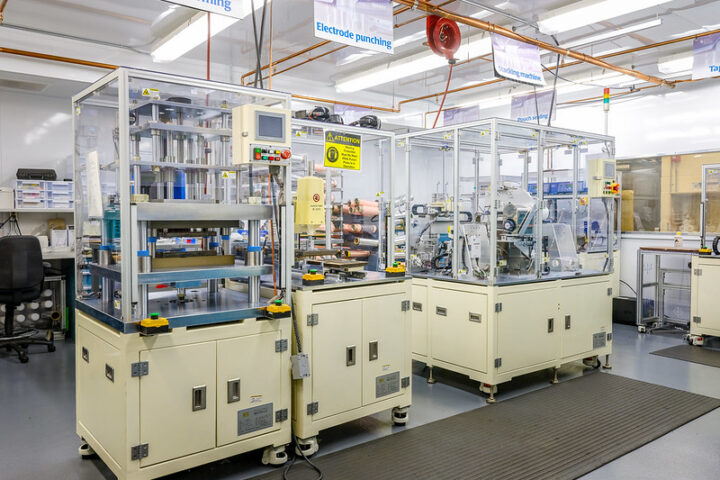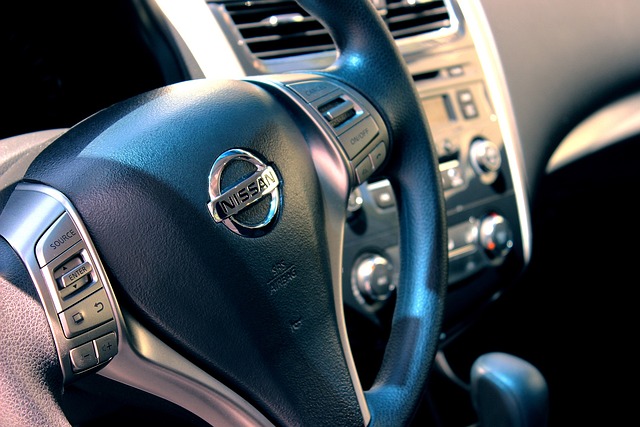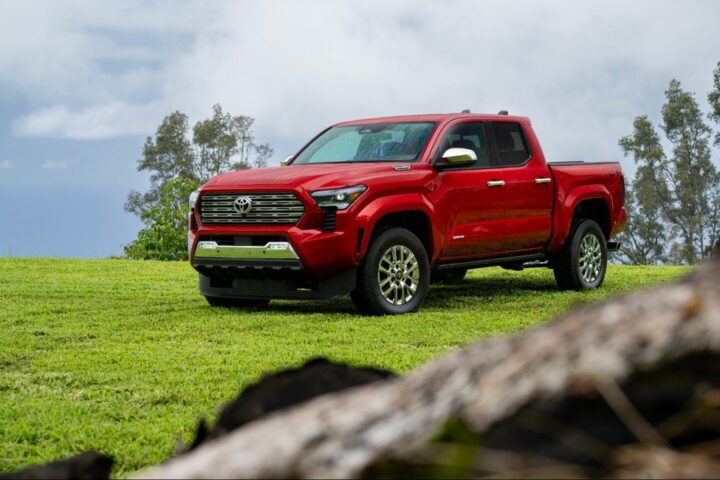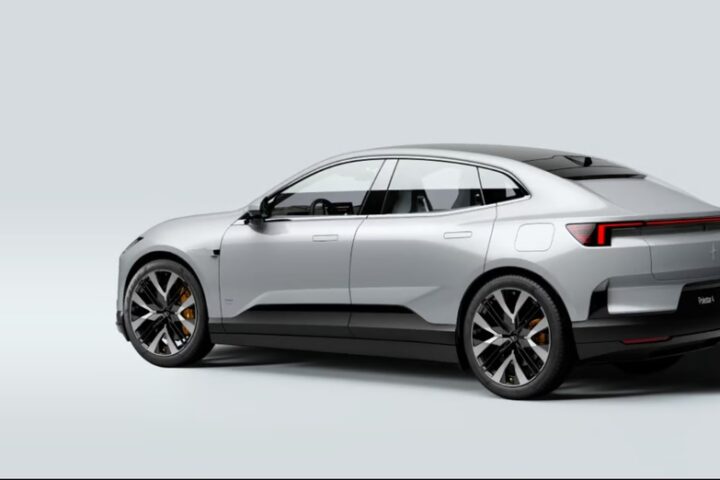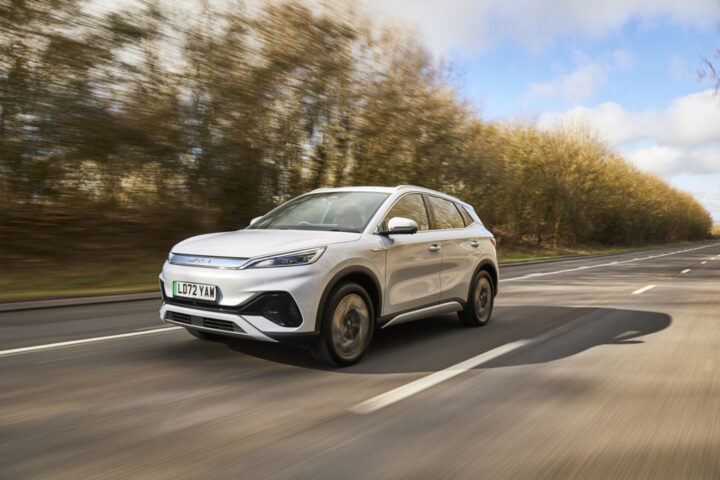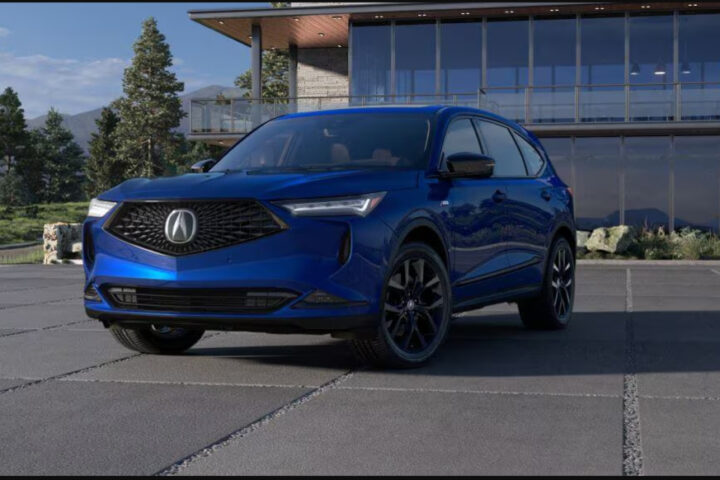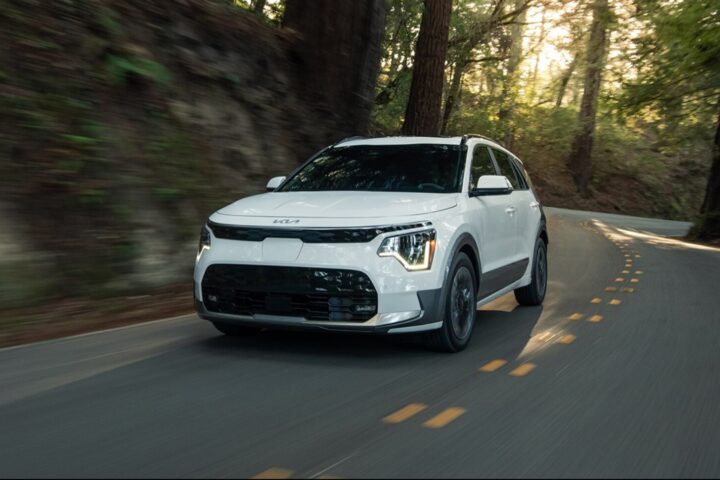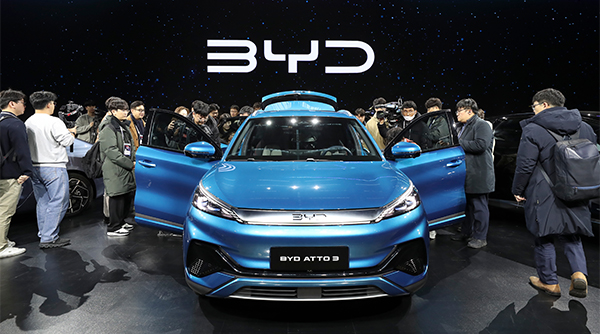Rivian, the American electric truck maker, just hit a big milestone. For the first time, they reported a gross profit (money made from vehicle sales before other business costs) of $170 million in late 2024. This means they’re getting better at managing their production costs, though they’re still not profitable overall as a company.
The company sold 14,183 electric trucks and vans in the last three months of 2024. That’s more vehicles than a year ago, when they sold 13,624. More sales brought in revenue of $1.73 billion, up from $1.31 billion last year.
“We cut $31,000 from the cost of making each vehicle,” said RJ Scaringe, Rivian’s CEO. This means they found ways to build trucks more efficiently through improved manufacturing processes.
But there are some speed bumps ahead. Rivian expects to sell fewer vehicles in 2025 – between 46,000 and 51,000. Why? They’re planning to pause production for a while to set up new equipment for their upcoming, more affordable R2 model.
Two big developments could help Rivian grow:
- They partnered with Volkswagen, which could bring in $5.8 billion
- They might get a $6.6 billion government loan to build a new factory in Georgia
Their delivery vans are already making a difference – Amazon used them to deliver over 1 billion packages in 2024. Now, any company can buy these vans, not just Amazon.
What does this mean for buyers? While Rivian is getting better at making vehicles for less money, they’re still working toward making them more affordable. They currently have $5.29 billion in cash and cash equivalents to keep developing new models.
Dan Ives, who studies car companies, says Rivian is being careful with their plans because of “macro headwinds.” This includes possible changes to government incentives that help people buy electric vehicles.
The company is still losing money overall – they expect to lose between $1.7-1.9 billion in 2025. But that’s less than the $2.69 billion they lost in 2024, showing they’re moving in the right direction.
